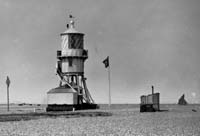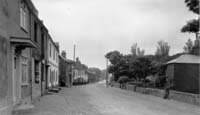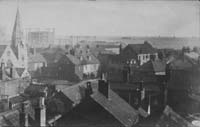
A Different Lowestoft
Some Missing Features of a Grand Old Town
Many millions of pounds have, and are being spent in and around Lowestoft in an attempt to enhance and regenerate the town. Many local people however, look back to Lowestoft's golden days when it was a major resort with a great many attractive features, had an abundance of full time work opportunities in a diverse range of industries, and was a flourishing shipbuilding, trading and fishing port.
Much of the character and atmosphere of old Lowestoft has changed with industries, buildings, features and attractions disappearing for a variety of reasons. Some have been destroyed to make way for new developments or as a result of the various regeneration schemes. Others have closed due to a lack of business opportunities or the market for the goods they produce has declined.
A Different Lowestoft aims to show, in pictorial form, what our forefathers achieved often with limited means, and thereby allows a comparison to be made with present day Lowestoft, a town which increasingly appears to rely upon substantial funding from outside agencies in order to progress and be "regenerated".
| ISBN | 9780954732318 |
|---|---|
| Pages | 68 (64+4 cover) |
| Price | To be reprinted in 2022 |
| Photos | 119 mono, 5 colour, 5 illustrations |
| Dimensions | 8.25" x 10" (210mm x 255mm) |
| Series Number | Book 12 |
A Different Lowestoft can be ordered direct from Coastal Publications and is available from any good bookshop.




